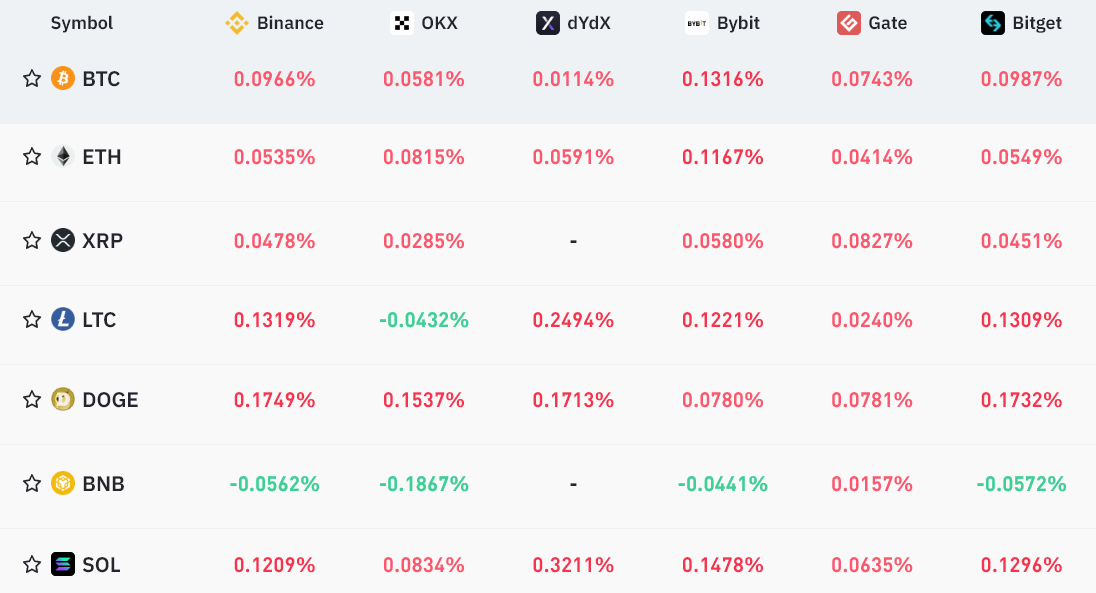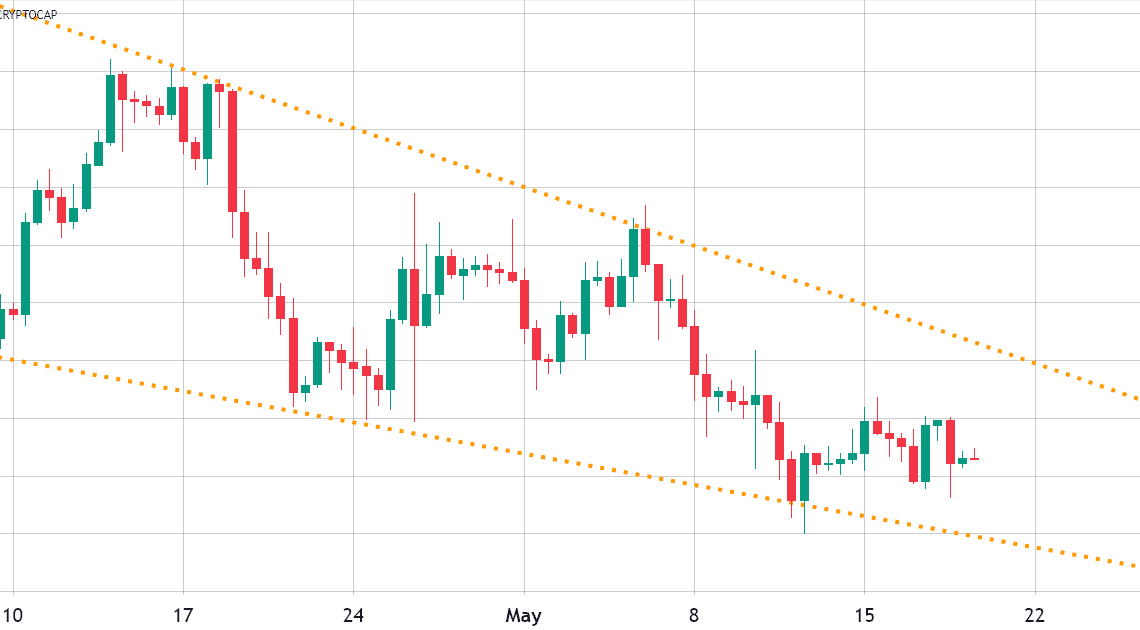A bearish market structure has been pressuring cryptocurrencies’ prices for the past six weeks, driving the total market capitalization to its lowest level in two months at $1.13 trillion. According to two derivative metrics, crypto bulls will have a hard time to break the downtrend, even though analyzing a shorter timeframe provides a neutral view with Bitcoin (BTC), Ether (ETH) and BNB, on average, gaining 0.3% between May 12 and May 19.
Notice that the descending wedge formation initiated in mid-April could last until July, indicating that an eventual break to the upside would require an extra effort from the bulls.
Furthermore, there’s the impending U.S. debt ceiling standoff, as the U.S. Treasury is quickly running out of cash.
Even if the majority of investors believe that the Biden administration will be able to strike a deal before the effective default of its debt, no one can exclude the possibility of a government shutdown and subsequent default.
Gold or stablecoins as a safe haven?
Not even gold, which used to be considered the world’s safest asset class, has been immune to the recent correction, as the precious metal traded down from $2,050 on May 4 to the present $1,980 level.
Related: Bitcoin, gold and the debt ceiling — Does something have to give?
Circle, the company behind the USDC stablecoin, has ditched $8.7 billion in Treasuries maturing in longer than 30 days for short-term bonds and collateralized loans at banking giants such as Goldman Sachs and Royal Bank of Canada.
According to Markets Insider, a Circle representative stated that:
“The inclusion of these highly liquid assets also provides additional protection for the USDC reserve in the unlikely event of a U.S. debt default.”
The stablecoin DAI, managed by the decentralized organization MakerDAO, approved in March an increase to its portfolio holdings of the U.S. Treasuries to $1.25 billion to “take advantage of the current yield environment and generate further revenue”.
Derivatives markets show no signs of bearishness
Perpetual contracts, also known as inverse swaps, have an embedded rate that is usually charged every eight hours.
A positive funding rate indicates that longs (buyers) demand more leverage. Still, the opposite situation occurs when shorts (sellers) require additional leverage, causing the funding rate to turn negative.

Click Here to Read the Full Original Article at Cointelegraph.com News…
























